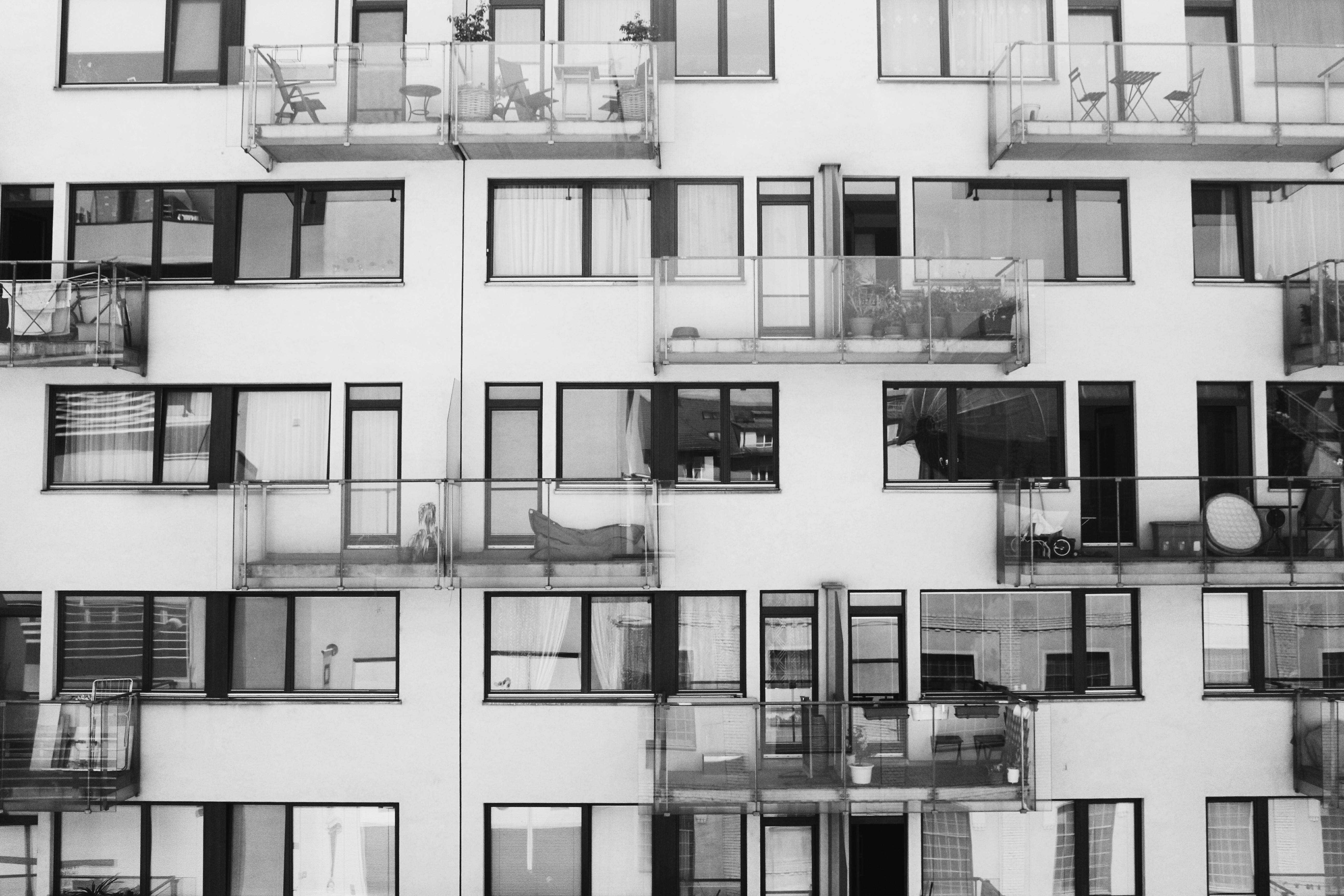Should I convert my flat roof to a sloped roof?
Most people who are interested in converting their flat roof to a sloped roof are simply tired of dealing with leaks, repairs, and other problems. Tar and gravel, and other asphalt-based roofing, was the most popular roofing material for flat roofs until recently. Even today, there are roofing companies that recommend installing asphalt (also known as a built roof). These types of roofs dry out, crack and cause headaches even before the material’s warranty period ends. Also, any poorly installed flat roof system requires constant maintenance and repair. As a consequence, many people are looking to convert their low pitched roof to a pitched roof, commonly called a Roof Conversion.
For those of you in this frustrating position, let’s take a look at all of your options, as well as the pros and cons of a conversion. Roofing manufacturers have introduced reliable flat roofing membranes, such as TPO and EPDM, which have grown in both credibility and popularity over the last decade. While it may seem like shingles will solve all your problems, the fact is that TPO and EPDM membranes can be just as airtight as a pitched roof.
It is important to find a roofing contractor who can identify the correct type of membrane and be able to install it correctly. This is important, as the reliability of a roof is determined by the quality of the material and the level of skill with which it was installed. If you can find a qualified contractor to install a reliable membrane on your home or business, it can cost 3-4 times less than a roof conversion. White roofing membranes can also be extremely energy efficient, leading to energy savings over time.
If you’re considering converting your roof to increase the value of your home, keep in mind that your home’s value will only increase by about half the cost of the conversion. As a result, if you are considering selling your home within the next 7-10 years, converting your roof may not be worth the time and money required.
However, there are some viable reasons to convert to a pitched roof. Probably the best reason I’ve come across is a situation I ran into a few days ago. The owner was concerned that his flat roof support system was not structurally sound. He could hear the rafters creaking under the weight of the recent snowfall. That creaking noise is usually the result of bras slowly pulling apart. Nails and screws creak like the wooden members of structures. If the fasteners come out, or if the wood dries out and shrinks, it could cause a dangerous and destructive situation.
A sloped roof conversion, done correctly, will distribute the weight to the load-bearing walls of the structure. In the above case, a conversion would help make your structurally unsound roof reliable for the long term.
Some other advantages to turning your flat roof into a pitch include:
- You just like the look of the shingles. If money is not a concern, the perceived aesthetic value of a tilted system may be reason enough in and of itself.
- A roof conversion results in easier and more efficient insulation. It is cheaper to insulate a sloped ceiling with R40 than to try to insulate a flat ceiling even with R19. (To insulate a flat cavity, it is usually necessary to remove sheetrock or sheetrock.) You can also insulate above the roof deck and below the waterproofing system with rigid insulation, but again this is quite expensive.
- Vapor drive, which causes moisture to form at the bottom of a roof system, will not occur as easily with a sloped roof because it can create an efficient airflow pattern. (If the humidity in the home is equal to the humidity outside, the vapor drive will not be a problem).
- You may be able to create more storage space or even an extra room in the gap between the existing flat roof and the new roof.
- Sloped roofs have a 40% longer lifespan than flat roofs.. They last between 25 and 50 years, while a flat roof membrane lasts between 15 and 20 years.
- Flat roofs are 10-20% more expensive install than a pitched roof (after conversion). This is due to the fact that the membrane is more expensive to manufacture, as well as the need for more specialized labor.
In the end, it really is up to you and your individual situation to decide if a roof conversion is right for you and your home.
